When we think about sport, what do we think of? We probably first think of a big, strong, male American football player. Let's try again. When we think about a woman in sport, what do we think of? Why do we think of a female gymnast or figure skater? When we think about a man in sport, why do we think of that football player? Why don't we think of a female basketball player or a male figure skater? Why do we have these immediate thoughts and stereotypes when thinking about gendered sport? In this project, I will be analyzing gender norms in sport and the problems with gender norms. I will also be highlighting personal statements from athletes who broke their gender norms with photography shot and edited by me.
What are Gender Norms?
Gender norms exist all around us. They are generally thought of as gendered stereotypes. For example, women are soft-spoken, passive, gentle, etc and men are strong, dominant, logical, aggressive etc. Gender norms also include the traditional feminine and masculine ideology. Most sports today are gendered in ways we do not consciously see. Of course, we consciously see women's basketball, men's basketball, co-ed soccer, and sections of sport like that, but did you know basketball and soccer are traditionally masculine sports while figure skating and ballet are considered traditionally feminine sports? The Men's National Basketball Association (NBA) is much larger than the Women's National Basketball Association (WNBA). Women's soccer was in England for fifty years because it was "unsuitable for women" (The Football Association). Figure skating is considered a feminine sport where many male figure skaters traditionally struggle because it is not socially "a cool sport for men" (Adams, 2011). Athletes who break their sports' gender norms are not treated the same as athletes who fit their gender norms and this is a huge problem. Sports empower athletes and there are countless athletes that have gone above and beyond in their sport to create a lasting legacy and change the pace of the game forever, but the social gendered stereotypes may harm the athletes' mental health even with their physical success. It is time we start seeing athletes for who they are -- athletes. It is time that we give people a fair and equitable chance to play the sport they love no matter their gender.
Kelly McLaughlin, Scott Wenner, and Amy Wanamaker are three exceptional university-level athletes that break their sport's gender norm. All three athletes have unique experiences dealing with gender in their sport. I have asked each athlete two questions:
1. Give me a personal statement about your experience as a woman in basketball (have you felt like you were looked different by people for breaking your sport's gender norm, have coaches treated you different, has it been empowering, why do you play, etc)
2. Have you ever felt pushed to participate in a sport that fit your gender norm? (example: "women should dance ballet and men should play football")
Join me in learning their stories behind the photos. 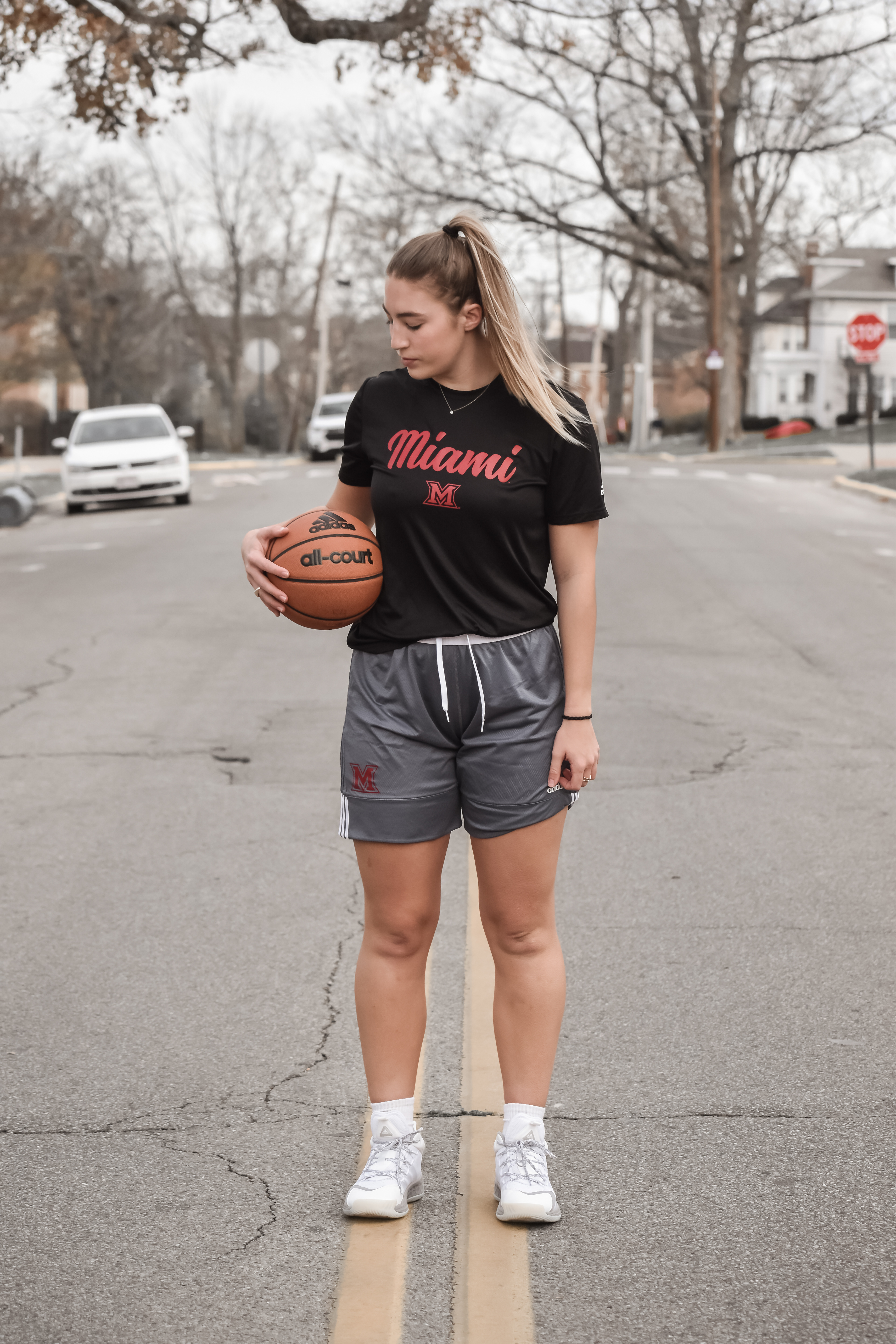

Kelly McLaughlin
McLaughlin is a senior student-athlete at Miami University and plays on the Varsity Women's Basketball Team.
"Being a woman in sport such as basketball is rewarding at times, but can also be difficult because it is breaking that gender norm for the sport. I often feel overlooked by men’s basketball, and women’s basketball just get shadowed by men’s sports in general. It is always disheartening when a there is a women’s basketball post on an ESPN account and the majority of the comments are negative towards women in sport, asking why she isn’t in the kitchen cooking, or when their sandwich will be ready. Because of being so tall already, I already have people stare at me, but especially with the weight training that we must maintain in college, it is not abnormal for people to ask me what sport I play but with that, they still usually guess volleyball. I think this relates to the gender norms because that is much more of a 'feminine' sport through society’s eyes. Even though I don’t think this should be a thing, it is certainly how society treats it. I play basketball because I love the sport, but also because sports in general have always been a large part of my life. I think that it is important to have sports that do break these gender norms, and hopefully one day there won’t be such a thing."
"I have felt pushed to participate in a sport that fit my gender norm. Growing up, especially when I was much younger, I was encouraged and enrolled in dance and gymnastics. But still even to this day, as I mentioned, people still comment that I must play volleyball, or just assume that I do because that is more of the gender norm for tall girls versus basketball. Basketball is still a large sport for girls, but I would love to see this sport pushed more for girls than it is now, or at least at the same rate it is for boys."
Women's basketball does get shadowed by men's sports. According to Shira Springer (2019), "NBA summer league games got far more mainstream media coverage than WNBA regular season games. Every day, men’s sports stories dominate the 10 most popular sports websites. The bigger picture: women’s sports in the U.S. receive only 4 percent of sports media coverage, according to the Tucker Center for Research on Girls & Women in Sport at the University of Minnesota" (p. 18). When women's sports are covered in the media, the stories usually have to do with an extraordinary accomplishment or inspiring story. Most stories in the media are gender-driven and don't contain similar content that would be of male sports. "How should journalists find and tell stories about women’s sports? Start by framing ideas and asking questions in ways that aren’t gender-driven. If you take a checklist approach to stories about female athletes, then it will likely lead down a path cluttered with women’s sports narratives that fall into cliché categories about overcoming sexism or coming back from pregnancy" (p. 22).
When looking on social media, there are many conflicting comments on posts of women playing a traditionally masculine sport. Sarah Fuller, a soccer player for Vanderbilt, recently stepped in as a kicker for the Vanderbilt football team and became the first woman to play in a power five game. Many professional athletes, male and female, took to social media to highlight Fuller's accomplishment and publicly praising her. However, there were many vile comments left on posts about her on social media. Some accused her playing as simply a publicity stunt. Others called for her to get "rocked" and "slaughtered" during the game because it was "only fair" because of her gender. There were comments sexualizing her, asking for Only Fans. These are just a couple examples of the many harsh and inappropriate comments left on social media about her from mostly men, but some women too. Fuller is just one of many athletes that have faced social media hate comments due to simply playing the sport they love.
Scott Wenner
Wenner is a graduate student at Miami University and competes for the Miami Intercollegiate Figure Skating Team.
"I started figure skating when I was 5 years old. Since there are so few male figure skaters, I believe the learn-to-skate director gave me special attention, in order to gain my interest in the sport. This worked, and I became fixated on skating from a young age. I believe the fact that I was a boy who figure skated was part of the reason I became successful; I craved attention, and constantly received it for being essentially the only male figure skater from my area. "
"Throughout middle school, I was bullied for being a male figure skater. Students called me expletives for gay, etc. At the time, this was hard to handle since I was so young, but I essentially ignored them. However, I never felt obligated to participate in sports besides figure skating. I essentially didn't care what the bullies/critics had to say because I liked what I was doing and that's what mattered to me."
Scott is right. There are very few male figure skaters in the United States. The United States Figure Skating Association (USFSA) reported "membership reached more than 184,200 in the 2016-17 season, across 750 clubs. A quarter of their membership is male. Of that group, the three-quarters are between the ages of 0 and 12 years, with just 8 percent in the 13-18 age group. The remaining participants are split between groups aged 19-49 years (12 percent) and 50-plus years (4 percent)" (WTVA News). When looking at figure skating fans, only about sixteen percent of US Figure Skating fans are men. Because of this, men in figure skating are highly valued because there are so little. While this is in terms of acceptance and encouraging athletes from the minority gender to join the sport, it is very easy for male figure skaters to become a token athlete.
However, the lack of men in figure skating can enable critics to bully young men and claim the sport isn't a "real sport" due to the lack of "manly" attributes in the sport, such as aggression and bulkiness. When competing, figure skaters make themselves look perfect and work to look elegant and like they can complete a program effortlessly. The sport effortless, but that is what makes the sport so difficult. As Ted Barton said, "Football players don’t have to run down the field looking good. They don’t have to smile. They’re not doing music. They’re not turning steps. Just get to the frickin’ end zone! But here, our athletes have to do things between the difficult elements. And it has to be to music. And it has to be connected with a character. And it has to, and it has to, and the list goes on. That’s what makes the sport so difficult. But for a viewer, it just looks nice, so it doesn’t look difficult." It is a common misconception that the men in the sport are all "pretty boys" who are all gay and out of place in the figure skating world. As Grant Hochstein, a former Team USA figure skater said, "These ‘pretty boys’ are tough. Our bodies take a beating daily. We are real athletes that are strong. We have to complete four turns in the air in a matter of milliseconds and still manage to land on one foot and make it look good. It's a lot tougher than most people think.” These stereotypes and misconceptions are highly problematic as it contributes to toxic masculinity and creates a negative connotation around men who break patriarchy. People bullying men in figure skating by calling them gay are using the term in a negative way and it is highly homophobic. In fact, Team USA Olympic figure skater Adam Rippon, in his memoir (2019), discusses his public coming out story and the misconception of gayness in the sport. He explained that "everyone believes that figure skating is gayer than your aunt who brings her "roommate," both of whom are avid bird watchers with matching haircuts...In reality not everyone who skates is gay" (p. 153). He also explains that his family was worried for a while that publicly coming out may keep him from making the Olympic Team and Johnny Weir, "who wears women's clothing, does Victorian women hairstyles, and wears high heels, didn't feel comfortable enough to come out...until he was done competing" (153). Just like women in male dominated sports, men in female dominated sports struggle too. They are assumed one thing (sometimes in a negative connotation), but also may feel pressured to be another.

Amy Wanamaker
Wanamaker is a senior at Miami University and plays for the Miami Women's Club Soccer team.
"I have played soccer my whole life and absolutely love everything about the sport. Throughout my years, I have played with many different males. I actually enjoy playing coed, it’s a different kind of game. Throughout my time, I have heard comments from males like “wow, you are actually good” or “you can hang with us.” I know that these comments are being made because I am a female and I am not “supposed to be fast” or “be better than the boys.” Sometimes it does bother me, but it just encourages me to become an even better player. While playing soccer, I have had some amazing coaches. My most empowering coach, and the one that I still keep in touch with to this day, is Coach Tom. Coach Tom always encouraged my all girl team to be the best version of themselves - through soccer and through life. He used female soccer players in team talks to encourage us that we can be the best of the best. I think this can be rare in soccer - a male coach that can empower females in this way. I do find him to be super special and rare! I did have some coaches in high school that were males and demeaning to the female players. I ended up quitting playing for my high school, because of this very reason. One coach would even go as far as comparing us to his male team - saying we didn’t have the same work ethic or the athletic ability as them. Overall, being a female in soccer can be tough but playing in coed settings has encouraged me to become better. "
"I grew up with the mindset that I can do anything that I wanted to, thanks to my parents. I grew up playing soccer, basketball, volleyball, dance, etc. I was always drawn to the sports that were more “male-dominated" (soccer and basketball). I just found these sports more entertaining and fun to play. I never felt like I was pushed to participate in a sport that fit the gender norm. Although, I felt like I got some comments especially in middle school by my peers that were “Amy’s a tomboy” or “She likes the boys.” But I had a great upbringing that encouraged me to participate in these sports!"
Soccer is an old sport, and one that is dominated by men pretty much worldwide. In the United States, soccer participation at the high school level is closer to even, but it is still slightly more male-dominated (Lang, 2019). Soccer is arguably the world's most popular sport, with the men's FIFA World Cup being as big as the Olympics. However, the sport is not as accepting of female athletes as it is men. The FIFA Women's World Cup (WWC) is much smaller than the men's, and up until a few days ago, the United States Women's National Team (USWNT) (who are also four-time WWC winners and most successful international women's soccer team) were unable to receive the same benefits as the US Men's National team (USMNT) and still do not have equal pay with the men's national team (Steven Goff, 2020). That being said, the lawsuit that has just been settled has been going on for multiple years.
When looking internationally at inequalities within the sport, the men's World Cup winners are awarded $38 million, while the WWC winners are awarded $4 million. There is a huge gap between those numbers. In England, women's soccer gained a large attraction in the late 1800s and early 1900s, but was banned from the 1920s until the end of the 1960s because the sport was "quite unsuitable for females" (The Football Association). In 1969, the Women's Football Association (WFA) was formed, and three years later the first Women's FA Cup Final was played. Currently, women's soccer in England has gained a pretty large following, but is still thought of as "lesser" then the men's teams.
As Wanamaker said, being a female in soccer can be though but playing in coed settings can be encouraging, especially as a youth athlete. Michaela Musto (2014) studies youth swimming teams to see if coed teams were more gender fluid. She explained that youth meanings of gender did not always align with the normal societal beliefs (p. 375). Their understanding of gender were learned through group interactions and varied depending on the context of those interactions. Gender was less prominent in practice and was harder to sustain categorical gender beliefs. However, outside of practice the gender norms were prominent again. Musto argues that "it is possible for individuals to associate gender with non-hegemonic beliefs. [The] study thus provides a glimpse into the types of practice that can potentially enable interactional gender expectations to become less oppressive" (p. 376). She also argues that if there are more equitable gender relations in just one context, these aspects could be carried over into other settings within daily life. Wanamaker explained that she was thought of as "good for a girl" or "a tomboy" as opposed to just "a good athlete." Musto's argument means that future athletes that are in a sport breaking their gender norm could allow them to be seen as just a good athlete someday. Wanamaker grew up in a house that was supportive of her aspirations and played as a youth in a coed team, which may have helped her confidence throughout her soccer career.
What About Transgender Athletes? What about Athletes of Color?
Gender norms are not the only problem within the sporting community. Athletes of color are discriminated against, and transgender athletes struggle to be allowed to compete in their sport.
I first want to start this section debunking toxic myths about transgender athletes. The participation of trans athletes will not hurt cisgender women (Chase Strangio, Arkles, 2020). Not allowing transgender women actually invites the gender policing of women's sport. Not allowing trans women into women's sport supports the accusations of women in sport being too masculine. Including trans athletes will promote the non-discrimination values among athletes that we strive for. Banning transgender women mean policing who is really a woman and is extremely problematic. Trans athletes also do not have an unfair advantage in their sports. Their skills very the same as cisgender athletes. There is no proof that transgender athletes have different physiological characteristics compared to cisgender athletes. Trans girls are girls. No cisgender girl is the same, and transgender girls should not have to be picked apart to prove their sex. Trans people belong on the same teams as everyone else. They do not need separate teams. For over nine years, transgender athletes have been able to compete on NCAA teams consistent with their gender identity. Excluding trans athletes is extremely harmful for everyone, especially transgender athletes. According to the Strange et. Al (2020), "Women and girls who are trans face discrimination and violence that makes it difficult to even stay in school. According to the U.S. Trans Survey, 22 percent of trans women who were perceived as trans in school were harassed so badly they had to leave school because of it. Another 10 percent were kicked out of school. The idea that women and girls have an advantage because they are trans ignores the actual conditions of their lives." Excluding transgender athletes is transphobic. Idaho attempted to restrict transgender women from competing on a women's team, but was halted after Lindsay Hecox, a transgender athlete, challenged the law. She explained that she is a girl and the right team for her is a girl's team (Gillian Brassil, Longman, 2020). It is not just transgender athletes being stopped for participating in the sport they love, it is also cis women with natural high testosterone being stopped. Caster Semenya is an Olympic track runner that was born with high testosterone. In 2019, the International Association of Athletics Federations (IAAF) ruled that female athletes with high testosterone must take medication to lower their testosterone in order to compete internationally in races between 400 meters and one mile. Semenya has faced a lot of speculation for most of her career and has been fighting the rulings against women with high testosterone, but has not been successful. Madeleine Pape, one of Semenya's former competitors, spoke out in support of Semenya and against the ruling, while acknowledging her own past bias (2019). Pape explains that she used to think that high testosterone was a problem, but now realizes her past beliefs are outdated and indefensible. While Pape was pursuing her PhD, she learned that biological sex and athletic ability are "far too complex for scientists to reduce to measures of testosterone, and ethically, because these regulatory efforts have always been characterised by considerable harm to the women athletes singled out for testing. While I was initially confronted and confused by this discovery, I eventually began to question the convictions about fairness and sex difference that I had long held as an athlete." She ended up testifying in support of Semenya in 2015. Denying women with high testosterone is discrimination and highly problematic.
Athletes of color are also discriminated against and held to a very unfair standard. Black athletes in the United States have had less opportunity than white athletes, since very few opportunities existed for black athletes in the segregated South (Clinton, 2019, p. 201). There were even less opportunity for black female athletes. Ballet is a prime example of racism within the sport. The film (2015)argues that ballet is one of the last symbols of white supremacy that is not consciously known. Misty Copeland was the first black principle dancer of a major ballet company in the US. Her talent is unmatched, but struggled to become principle dancer because the major roles in the ballet shows were traditionally done by white dancers.
There is also the problem of black female athletes facing constant scrutiny from spectators when in a male dominated sport. Serena and Venus Williams have been very vocal about this issue. They have had racist and sexist cartoons made of them, scrutiny from reporters accusing them of cheating, constant trolling on social media, and more (Clinton, 2019, p. 223). Venus and Serena have both explained that they are not super-humans and do get hurt from the hostility. Serena said that she sometimes feels "hurt and disrespected by a sport that I love...One that I had dedicated my life to and that my family truly changed, not because we were welcomed, but because we wouldn't stop winning" (223).
Black female athletes are also held to an incredibly high standard. Marirose Roach, a player in the Women's Football Alliance, discussed that "there's constant pressure not to act out. Not to get stigmatized or kicked off the team. You have to keep your composure so you can excel and get to the next level. It's just like an added obstacle" (O'Neal, 2018). O'Neal described this feeling as "carrying the weight of black history strapped to your back." Black women in sport are constantly told to calm down and have to deal with the discrimination of not only their race, but their gender too. This is a large reason for black female athletes leaving sport. Black women are held at a higher societal standard to the point where it is impossible to keep up.
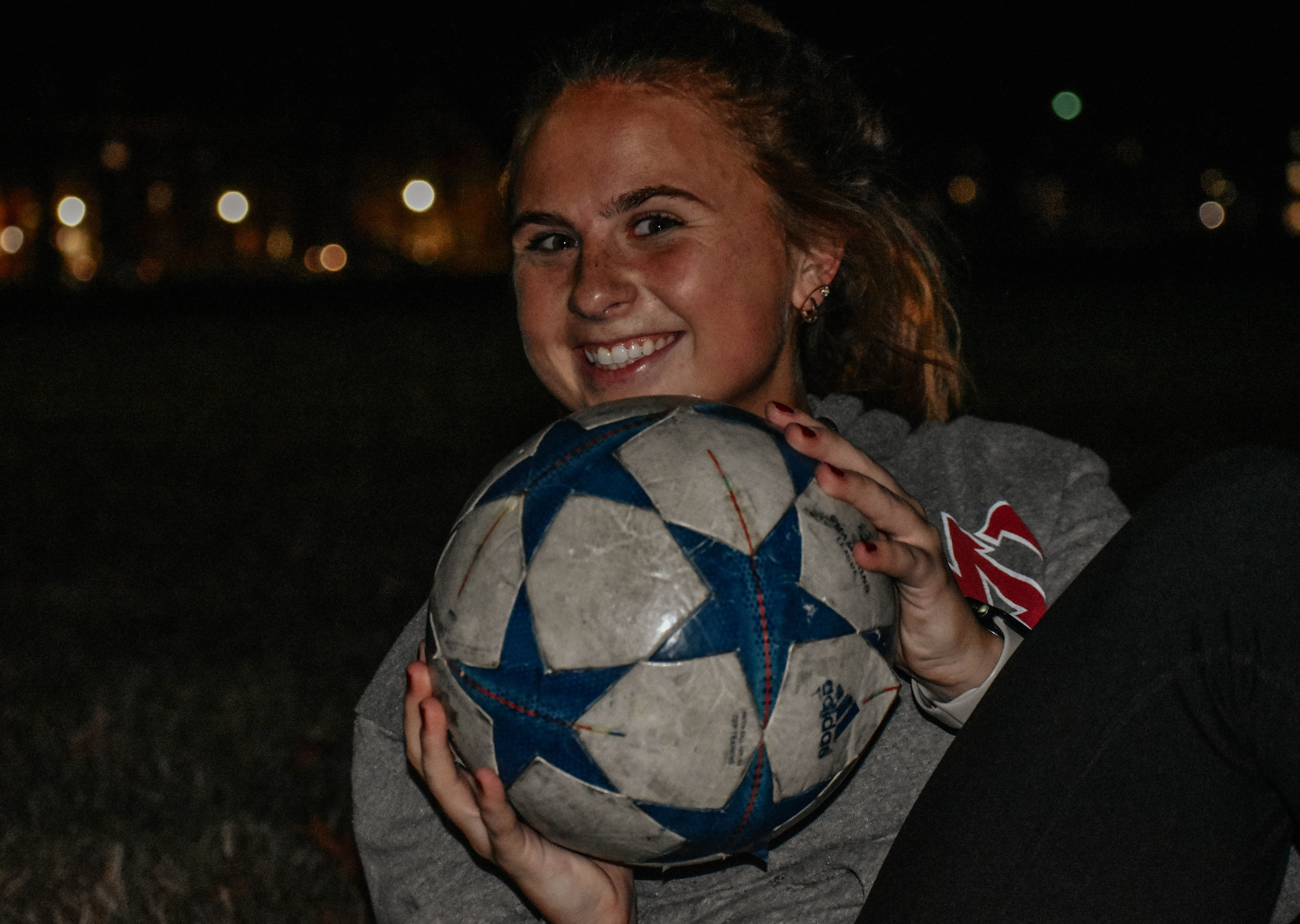
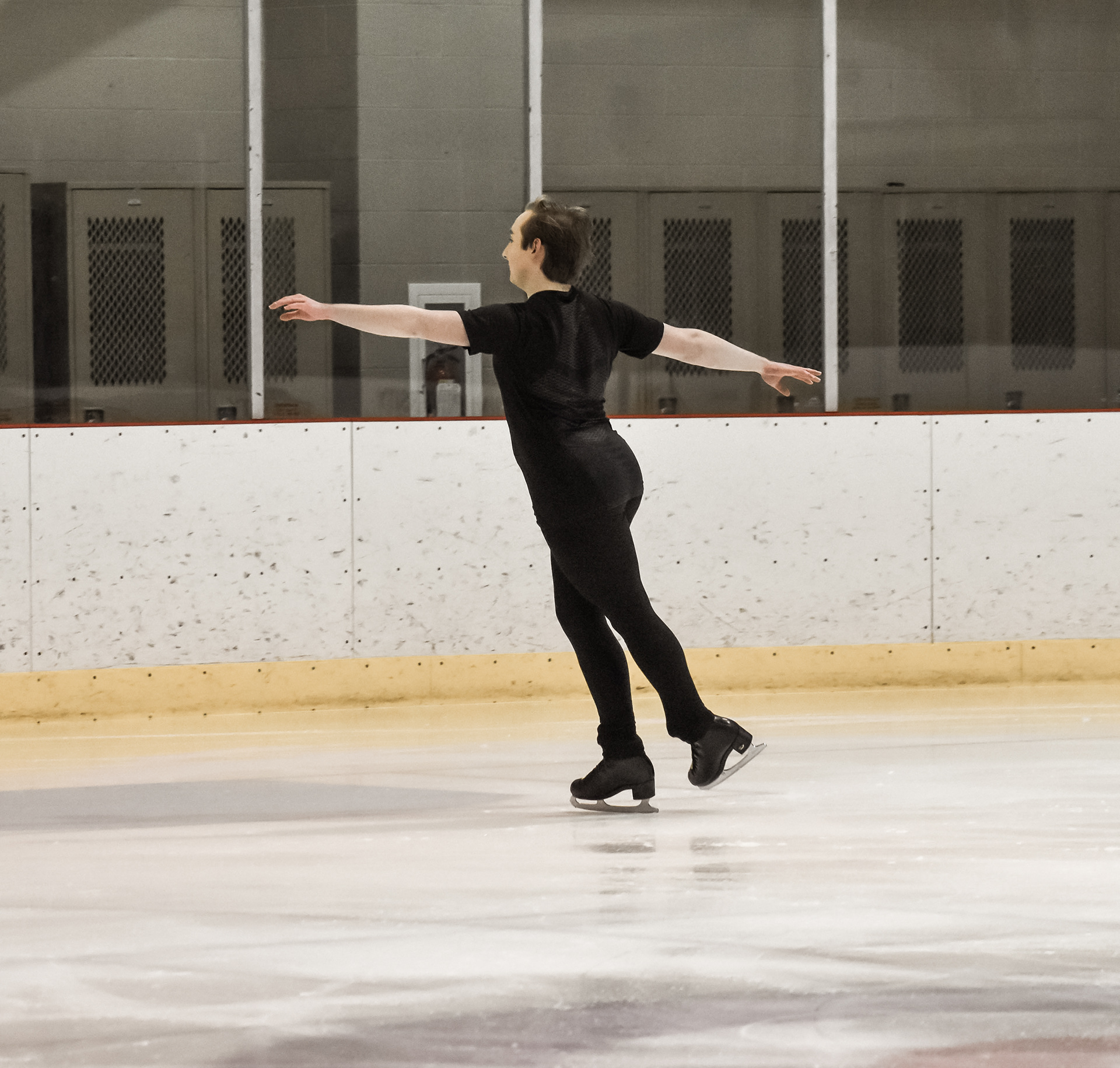



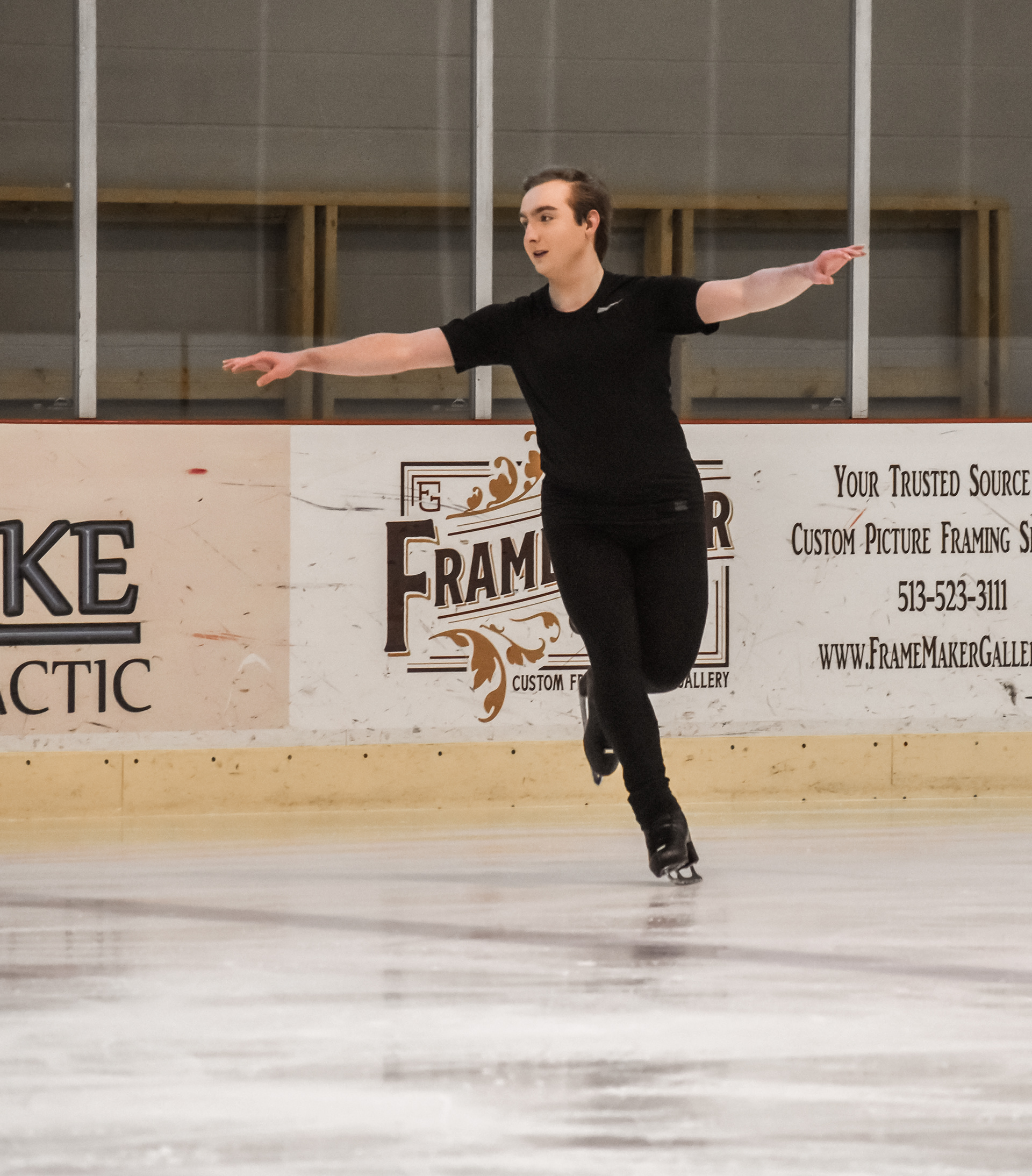
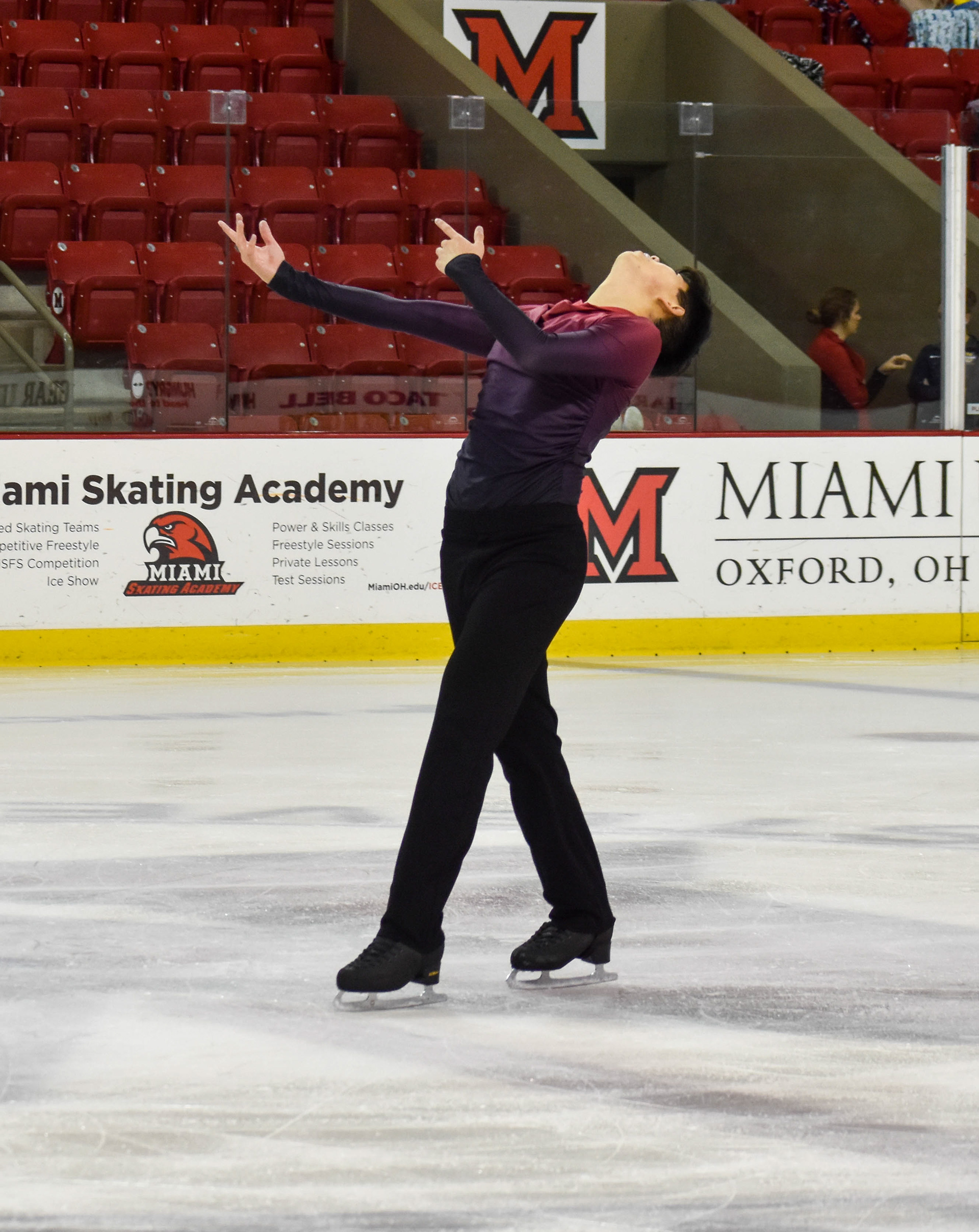
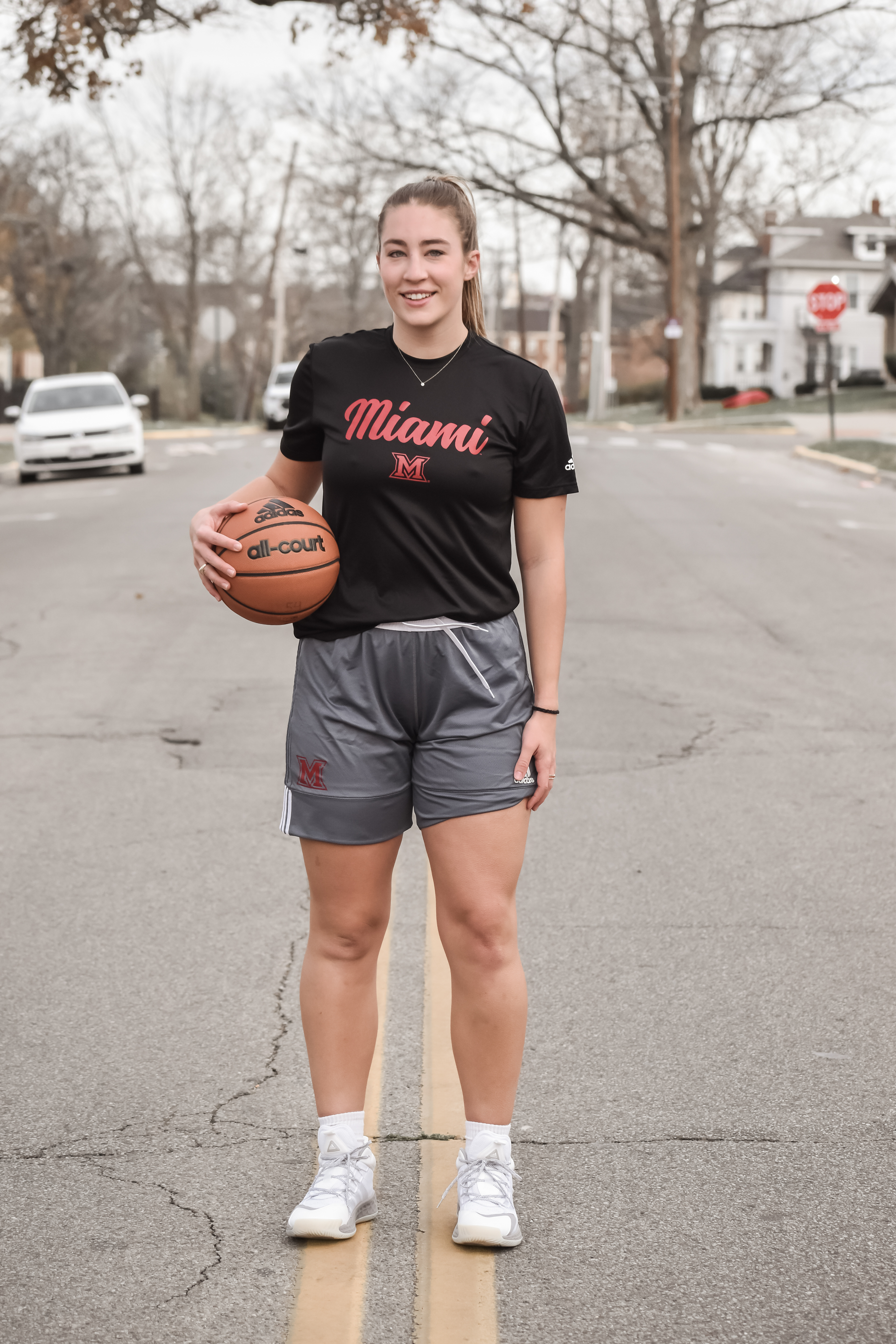
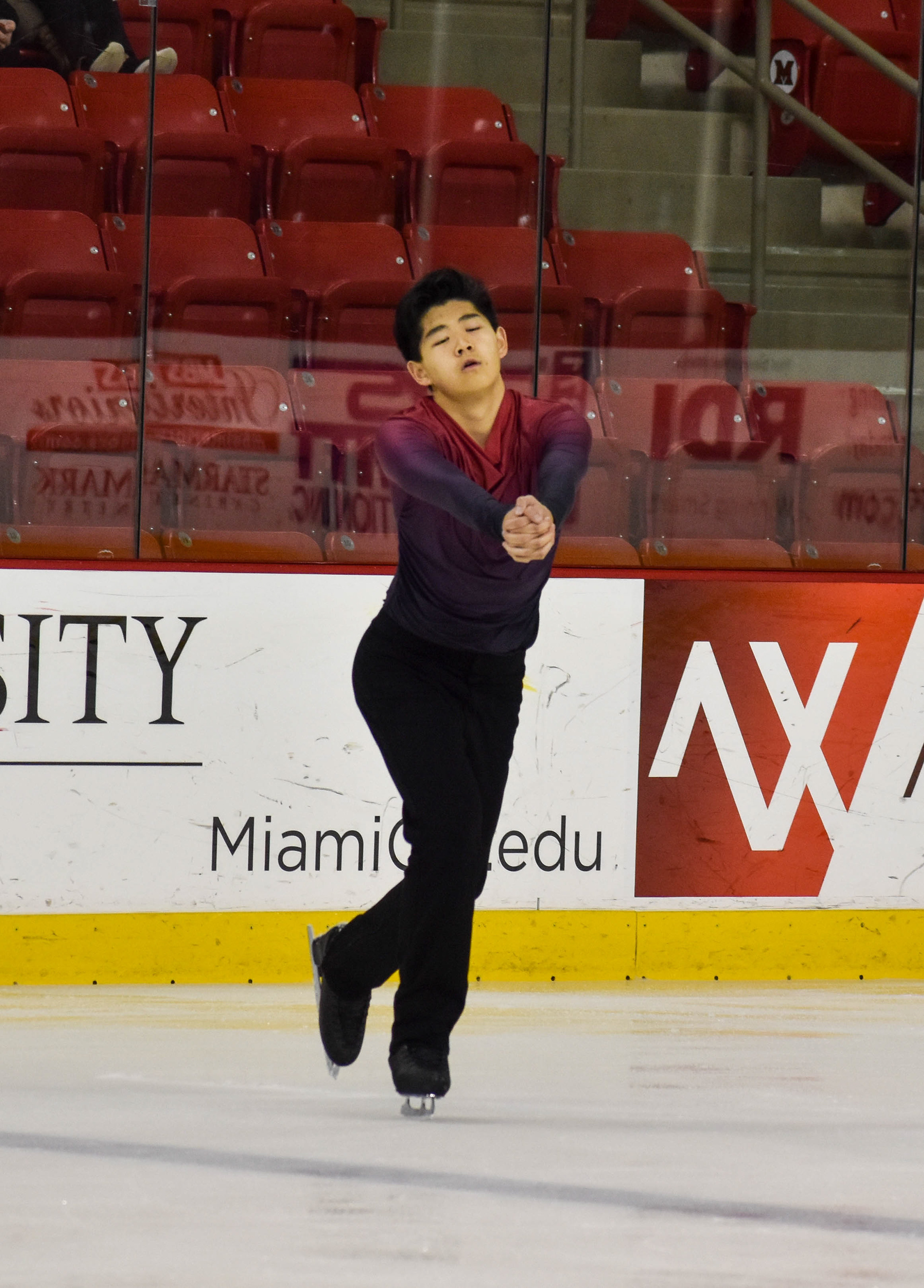
Let's Reflect
It is up to us to make an impactful change towards equity in gendered sport. The very first thing we must all do is simple: acknowledge our gender bias. When we look at the pictures above this text, do we feel uncomfortable? Do we question these athletes' abilities? What do we see? Take a second to look at the photographs and think about your initial reaction. Next, we need to hold ourselves accountable. We can do this by educating ourselves on the issue of gender bias and traditional gender norms both in and outside of sport. Every source mentioned in this paper and linked at the end of this page are some of the best pieces I've seen. We also need to actively challenge the blatantly sexist, biased culture in sport. According to Springer (2019), "it can be done though publishing great stories about women, through raising awareness on social media, through hiring more women, through making an unapologetically feminist sports podcast, through supporting new websites that give platforms to women’s sports and female journalists, through publicly calling out news organizations on their lack of diversity, through producing academic studies that highlight gender inequality, and through prominently featuring women’s sports coverage" (p. 23). Lastly, we need to commit. Commit to change, to education, and speaking out. Commit to showing up for your local teams that break the gender norm of their sport (this can be done by simply watching the games on television if available as well)! My first Chicago Red Stars game in 2019 was the most fun professional game I've ever been to. The community of fans were passionate, accepting, and excited to see people show up for their favorite players. The skills and pure athleticism of the athletes were impeccable. Support creators that break gender norms and take time to highlight under-represented athletes! The next section has so many linked that are phenomenal. Not every day will be easy when fighting for a more equitable sporting space, but every day is so worth it - I can promise you that. Thank you for taking the time to read this and looking at my work. I hope when you see athletes breaking their gender norm in the future, you think back to this piece and feel empowered to join the journey to create a better sporting space for all.
A note to Kelly, Scott, and Amy: Thank you for letting me capture your skills and picking your brain on some not-so-easy topics. Each of your stories are so inspiring and are valued so much. You are all so special, talented, and inspiring.
Organizations to Support
Podcasts:
-The Players Pod
-The GIST of it
-A Touch More
-Burn it all Down
Companies/Organizations:
-Just Women's Sports
-The Players' Tribune
-UNINTERRUPTED
-The Telegraph Women's Sport
-Women in Sport
-Undefeated
-The GIST
-ESPNW
-On Her Turf
-Black Women in Sport Foundation
-CHNGE
Documentaries/Films:
-ESPN Nine for IX Series (my favorite is "Venus Vs.")
-A Ballerina's Tale
-Training Rules
-Becoming
-13th
-Dear White People
-The Urgency of Intersectionality Ted Talk
References
Adams ML. Artistic Impressions: Figure Skating, Masculinity, and the Limits of Sport. University of Toronto Press.
London, Canada. 2011.
Allison, R. (2018). Kicking Center: Gender and the Selling of Women's Professional Soccer. New Brunswick: Rutgers
University Press.
Barr, S. (2018, June 20). 40% of women in sport face gender discrimination, report finds. Retrieved December 05, 2020,
from https://www.independent.co.uk/life-style/women-sport-industry-gender-discrimination-sexism-jobs-leadership-
report-a8407476.html
Brassil, G., & Longman, J. (2020, August 18). Who Should Compete in Women's Sports? There Are 'Two Almost
Irreconcilable Positions'. Retrieved December 05, 2020, from https://www.nytimes.com/2020/08/18/sports/transgender
athletes-womens-sports-idaho.html
Clarke, L. (2019, November 08). In Kansas, girls didn't have a wrestling championship of their own. Mya Kretzer changed
that. Retrieved December 04, 2020, from https://www.washingtonpost.com/graphics/2019/sports/girls-wrestling-high-
school-mya-kretzer/
Clinton, H. R., & Clinton, C. (2019). The Book of Gutsy Women: Favorite Stories of Courage and Resilience. Toronto:
CELA.
Cooky, C., & Dworkin, S. L. (2013). Policing the Boundaries of Sex: A Critical Examination of Gender Verification and the
Caster Semenya Controversy. Journal of Sex Research, 50(2). doi:10.1080/00224499.2012.725488
DePrince, M. (2017). Taking Flight: From War Orphan to Star Ballerina. Follettbound.
Figure skating isn't just for girls – and here's the proof. (2018, February 10). Retrieved December 04, 2020, from
https://www.wtva.com/content/olympics/473627353.html
George, N. (Director). (2015). A Ballerina's Tale [Motion picture]. United States: Independent Lens.
Goff, S. (2020, December 02). U.S. Soccer, women's team settle on working conditions, setting up appeal over equal pay.
Retrieved December 04, 2020, from https://www.washingtonpost.com/sports/2020/12/01/uswnt-working-conditions-
lawsuit/
History of women's football. (n.d.). Retrieved December 04, 2020, from https://www.thefa.com/womens-girls-
football/history
Ingle, S. (2020, September 08). Caster Semenya's Olympic hopes fade as runner loses testosterone rules appeal. Retrieved
December 05, 2020, from https://www.theguardian.com/sport/2020/sep/08/caster-semenya-loses-appeal-against-world-
athletics-testosterone-rules
Lange, D. (2020, November 26). High school soccer players. Retrieved December 04, 2020, from
https://www.statista.com/statistics/267963/participation-in-us-high-school-soccer/
Luther, J. (2018, July 24). Opinion: If You Watch Only Men's Soccer, You're Not A Real Soccer Fan. Retrieved December
04, 2020, from https://www.huffpost.com/entry/opinion-luther-womens-world-cup-
sexism_n_5b573017e4b0de86f490b06a
McKinney, K. (2019, September 06). This Football League Was Built For Girls Who Love To Hit. Retrieved December 04,
2020, from https://deadspin.com/this-football-league-was-built-for-girls-who-love-to-hi-1835580300
Murray, C. (2019). The national team: The inside story of the women who changed soccer. New York: Abrams Press.
Musto, M. (2013). Athletes in the Pool, Girls and Boys on Deck. Gender & Society, 28(3). doi:10.1177/0891243213515945
O'Neal, L. (2018, July 13). The struggle is real: The unrelenting weight of being a black, female athlete. Retrieved
December 04, 2020, from https://theundefeated.com/features/the-struggle-is-real-the-unrelenting-weight-of-being-a-
black-female-athlete/?ex_cid=TUemail
O'Neal, L. (2019, March 13). The Difficulty of Being Simone Biles. Retrieved December 04, 2020, from
https://theundefeated.com/features/the-difficulty-of-being-simone-biles/
Pape, M. (2019, May 01). I was sore about losing to Caster Semenya. But this decision against her is wrong. Retrieved
December 05, 2020, from https://www.theguardian.com/commentisfree/2019/may/01/losing-caster-semenya-decision-
wrong-women-testosterone-iaaf
Rippon, A. (2019). Beautiful on the Outside: A Memoir. New York: Grand Central Publishing.
Serena Williams sits down with Common to talk about race and identity. (2016, December 19). Retrieved December 04,
2020, from https://theundefeated.com/features/serena-williams-sits-down-with-common-to-talk-about-race-and-identity/
Springer, S. (2019). Tired of the Bias (Rep.).
Strangio, C., & Arkles, G. (2020, April 30). ACLU News & Commentary. Retrieved December 04, 2020, from
https://www.aclu.org/news/lgbt-rights/four-myths-about-trans-athletes-debunked/
